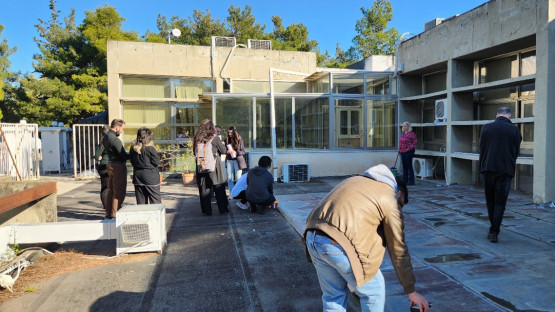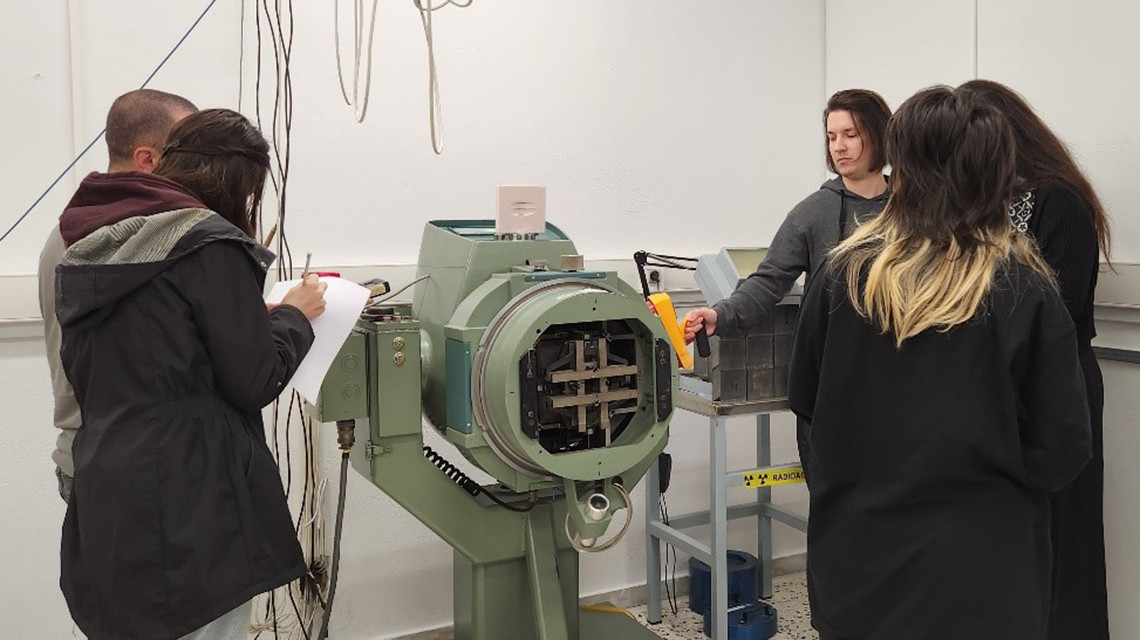Dozens of participants have completed the latest IAEA post-graduate courses in radiation protection, enabling them to help safely expand the use of nuclear science and technology in 31 participating countries.
The latest participants completed intensive, six-month Postgraduate Educational Courses in Radiation Protection and the Safety of Radiation Sources (PGEC) in either Greece or Ghana, designed to prepare them for work as radiation protection experts, regulators and nuclear safety professionals.
“For close to 45 years, PGEC has continuously trained new generations of experts in Europe and Central Asia for work in the field of radiation protection,” explained Emina Alic, IAEA Programme Management Officer. “Today, former PGEC graduates are helping to shape the future of their country’s engagement with nuclear applications as national operators, regulators and policymakers.”
“With the increased use of radiation sources in Africa, radiation safety has become one of the main priority areas of the IAEA’s regional technical cooperation programme for Africa,” explained IAEA Programme Management Officer Felix Omonya. “The IAEA has provided substantial support in the form of equipment and expert guidance, but in terms of training, the PGEC represents a cornerstone of our capacity building efforts.”
Radioactive sources are manufactured in research reactors. As they decay through their lifetime, the radiation they emit can be used to diagnose or treat cancers, measure pollution or monitor industrial processes. When they reach the end of their life, the radioactive sources are interred safely in waste storage or disposal facilities. X ray machines on the other hand, generate radiation on demand, offering a predictable and reliable source of radiation that can be made safe as soon as its work is done.??
The use of these radiation sources and technologies requires a comprehensive framework of national legislation and regulations and relies on the availability of sufficiently trained and motivated safety professionals. The IAEA’s PGEC?responds to this need by helping to develop a cohort of radiation protection professionals through a combination of theoretical, classroom instruction and hands-on training.
“While some regulatory frameworks are in place in my country, there is still a pressing need to update existing regulations in line with international standards,” explained Blinda Mutuzo of the Rwanda Atomic Energy Board. “The PGEC covered many of the areas where we most need support and offered practical knowledge on regulatory frameworks, authorization and inspection processes, source management and more.”
“The course helped me grow professionally by expanding my knowledge and confidence in radiation protection. It also allowed me to connect with experts and peers from other countries.?These connections may lead to future collaborations in training, technical assistance or policy development,” said Mutuzo.
“Emergency preparedness and the improvement of the established early warning system are among Lithuania’s priorities at the moment,” said Kornelija Dacyt?, Chief Specialist of Lithuania’s Radiation Protection Centre. “Not only did PGEC respond to these national needs, I am now hoping to adjust my career trajectory to focus more on emergency preparedness and I hope to support decision-making through atmospheric dispersion modelling.” The IAEA supports countries to use atmospheric dispersion modelling to simulate the spread of air pollutants, including radioactive substances.







